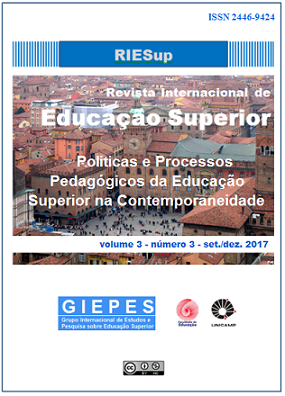Abstract
The communication is fundamental for the teaching and learning relationships to be established at all levels of education. In this sense, the present study analyzes the presence of the deaf student in Higher Education also it examines how their communication occurs in relation to teachers and colleagues in the
University. In order to better understand this process, theories related to the subject and Census data concerning the inclusion of the deaf student in Higher Education were brought. In addition, available technologies for technical-pedagogical mediation was approached, and assistive technologies available to the hearing impaired student. In addition, the perspective of the deaf students in Higher Education is analyzed, their difficulties and challenges, and how technology is present in their daily life, in which it can help them in the process of their learning. The research is qualitative, exploratory, and its analysis of the data is based on the discursive textual analysis. The results point out to the need for the management of the institution to think of spaces to support the
inclusion student, to invest in assistive technologies, to promote discussion spaces between management, teachers and students aiming at the qualification of the inclusion of students with disabilities in a university.
A Revista Internacional de Educação Superior utiliza a licença do Creative Commons (CC), preservando assim, a integridade dos artigos em ambiente de acesso aberto.

